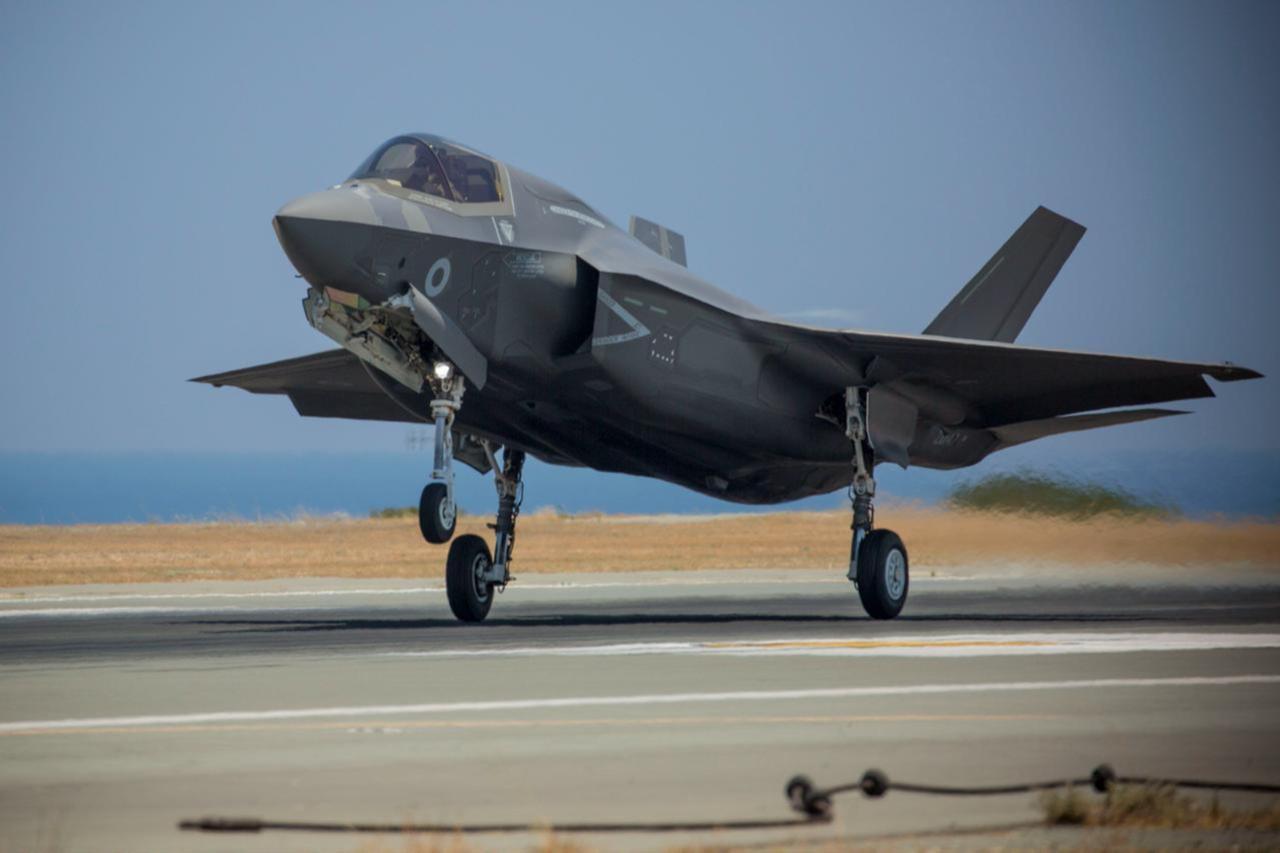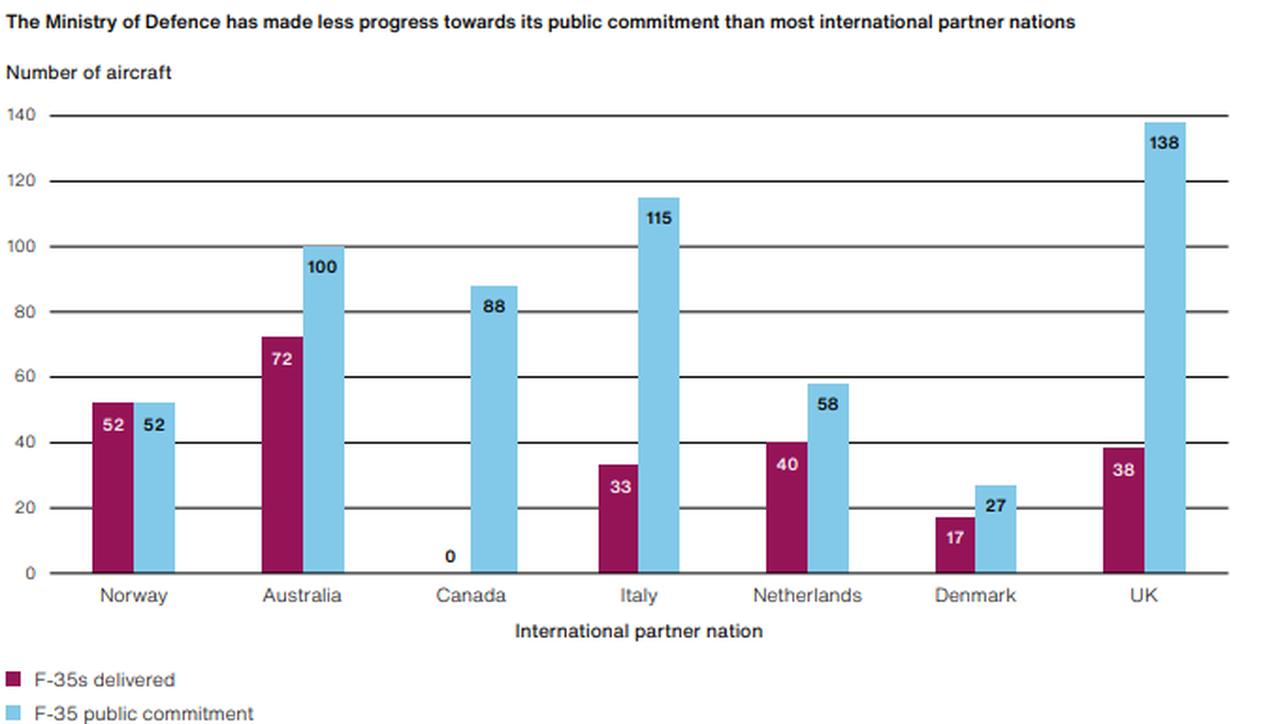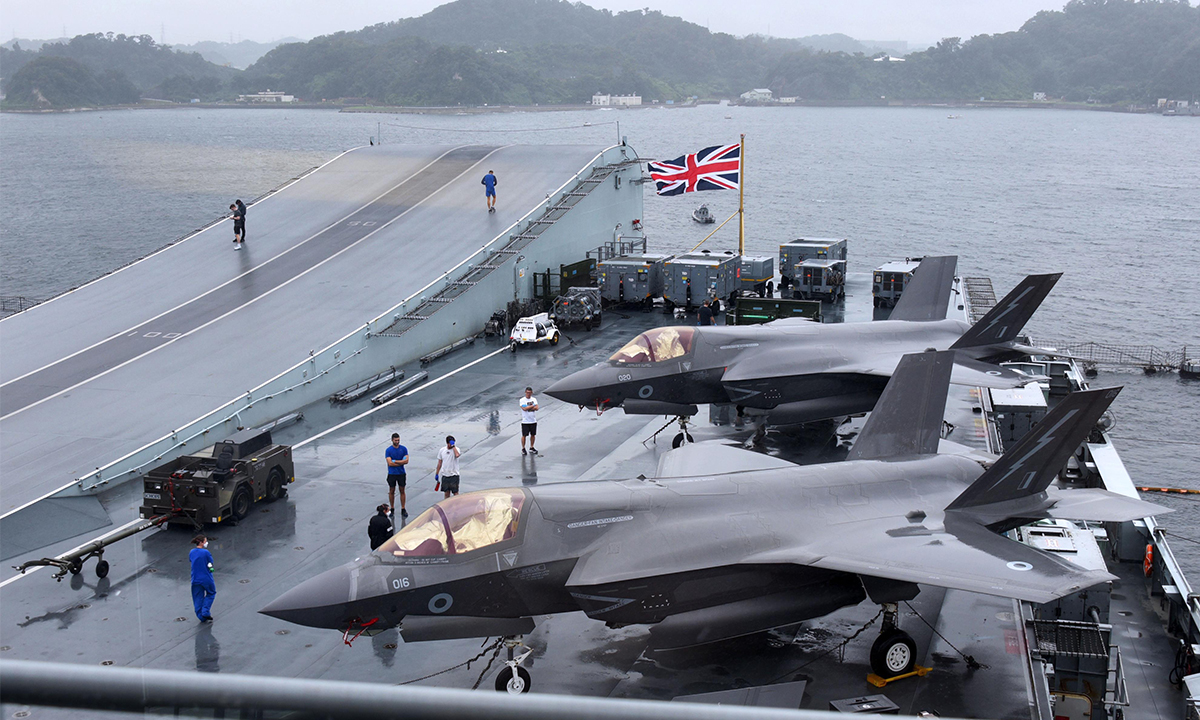
The U.K.’s flagship F-35 stealth fighter program is facing severe criticism over escalating costs, persistent delays, and poor aircraft availability, according to a new report by the National Audit Office (NAO). The watchdog warns these shortcomings are undermining the U.K.’s operational readiness and long-term defense posture.
The NAO report, published Thursday, estimates the full lifecycle cost of the U.K.’s F-35 program at £71 billion ($95.91 billion)—nearly four times the Ministry of Defence’s publicly stated forecast of £18,76 billion. As of now, £11 billion has already been spent, exceeding earlier budgetary expectations laid out in a 2013 business case.
Since the U.K. committed to procuring 138 F-35B jets in 2012, only 37 have been delivered, with 10 more on order. The timeline for acquiring the remaining 90 aircraft remains undefined, casting further uncertainty over the program’s future. The recent U.K. decision to also procure 12 F-35A jets—a variant with conventional take-off capability—marks a notable shift and suggests tensions in the long-standing RAF-Royal Navy joint structure for the F-35B force.

While the F-35 is widely recognized as a significant leap in capability compared to legacy platforms, the NAO report highlights serious gaps in operational readiness. Mission-capable rates—the aircraft's ability to execute at least one of seven defined missions—are currently at about 50% of Defense Ministry targets. Full mission capability stands at just one-third of the required level.
This shortfall has been attributed to multiple factors, including:
In response, the Defense Ministry has been forced to cut pilot flight time by 25%, reducing monthly flying hours from 10 to 7.5.
The report also highlights major delays in key upgrades and integration milestones. The long-anticipated Block IV software upgrade, intended to significantly enhance sensor fusion, electronic warfare, and weapon compatibility, has been delayed globally. Its implementation in the U.K. fleet is not expected before the 2030s.
Furthermore, the Defense Ministry now expects to declare Full Operating Capability for its F-35 force in late 2025—two years later than originally planned.

The challenges come as the RAF’s Air Chief Marshal Richard Knighton has been appointed to become the U.K.’s next chief of the defense staff, effective September 2025.
He will inherit responsibility for overseeing the future trajectory of the program as the current Chief Admiral Sir Tony Radakin prepares to step down.
Despite the troubling operational findings, the NAO report points to one bright spot: the U.K.’s aerospace industry plays a significant role in the global F-35 supply chain, manufacturing at least 15% of each aircraft’s value.
Although the U.K. is purchasing fewer than 5% of total global production, domestic firms have secured £22 billion in contracts related to the program.

“The F-35 programme offers significantly improved capability and considerable economic benefits to the UK,” said Gareth Davies, head of the NAO. “But the capability benefits are not being fully realised due to delays, infrastructure gaps, and personnel shortages.”
He added, “The MoD now needs to decide where to prioritise its resources to improve capability in a way that maximises the full benefits of the F-35 programme to the UK.”
With the aircraft expected to remain in service until 2069—the same year the Queen Elizabeth-class carriers are due to retire—the report raises urgent questions about whether the U.K.’s flagship fifth-generation fighter force is on a sustainable path.